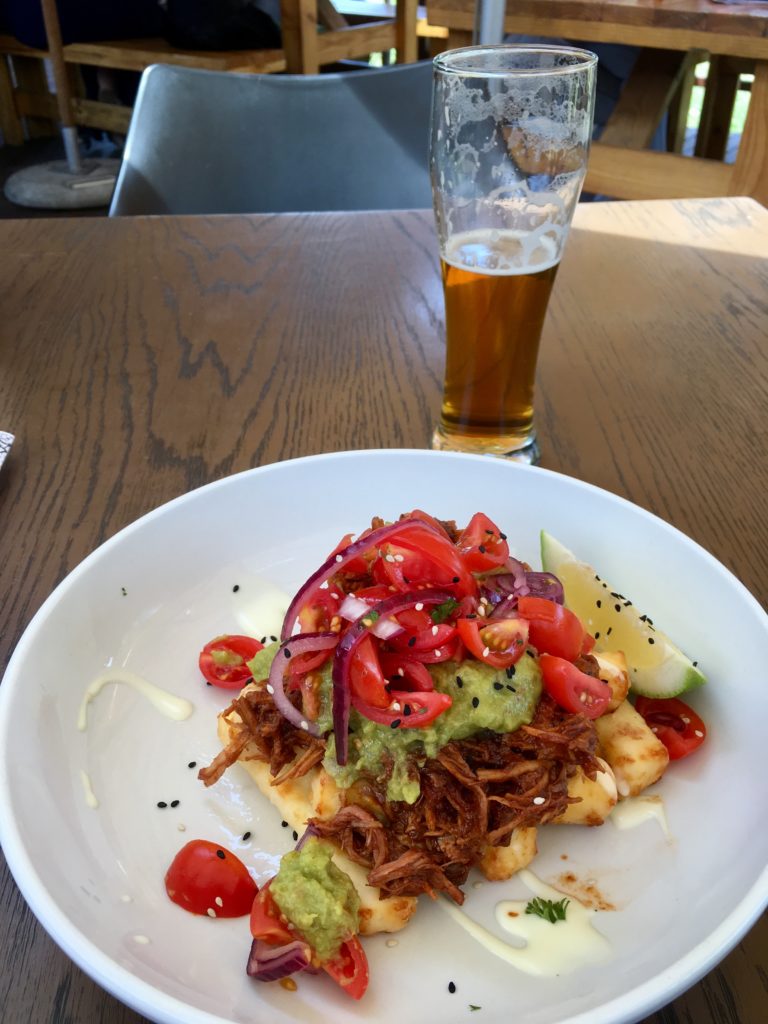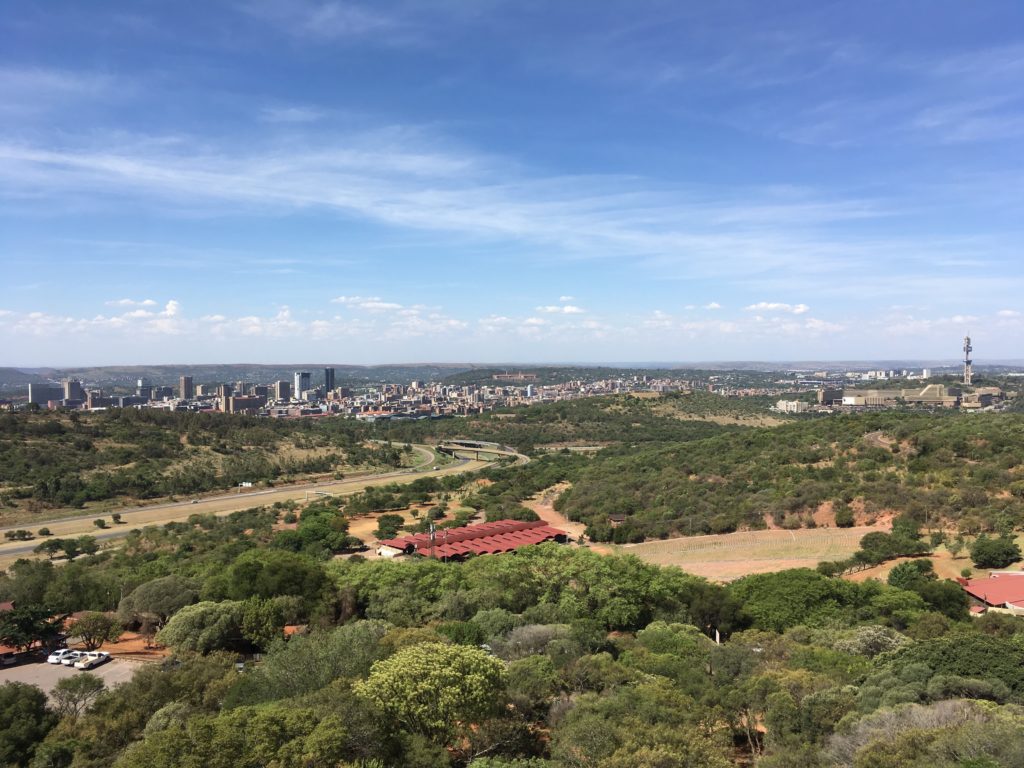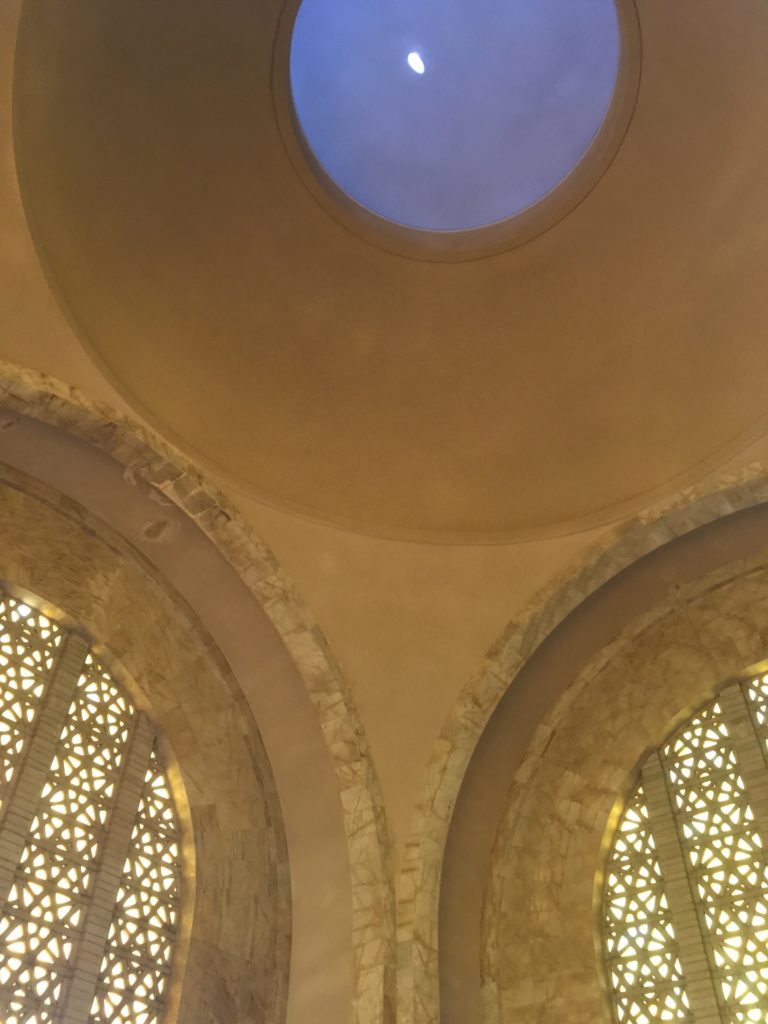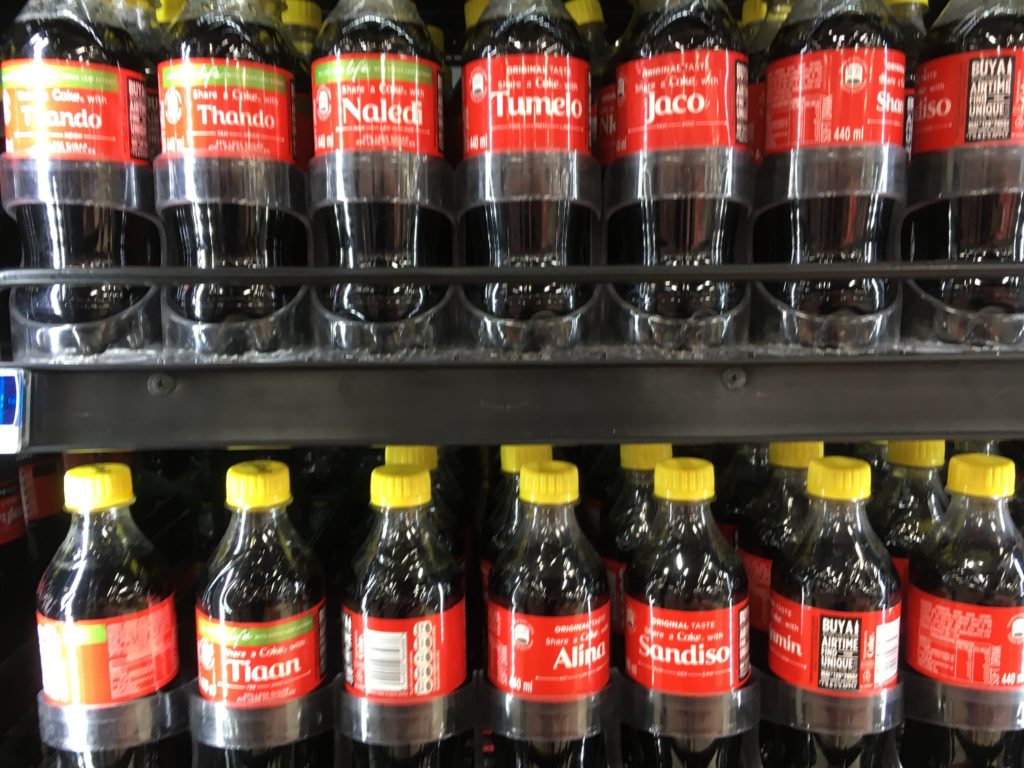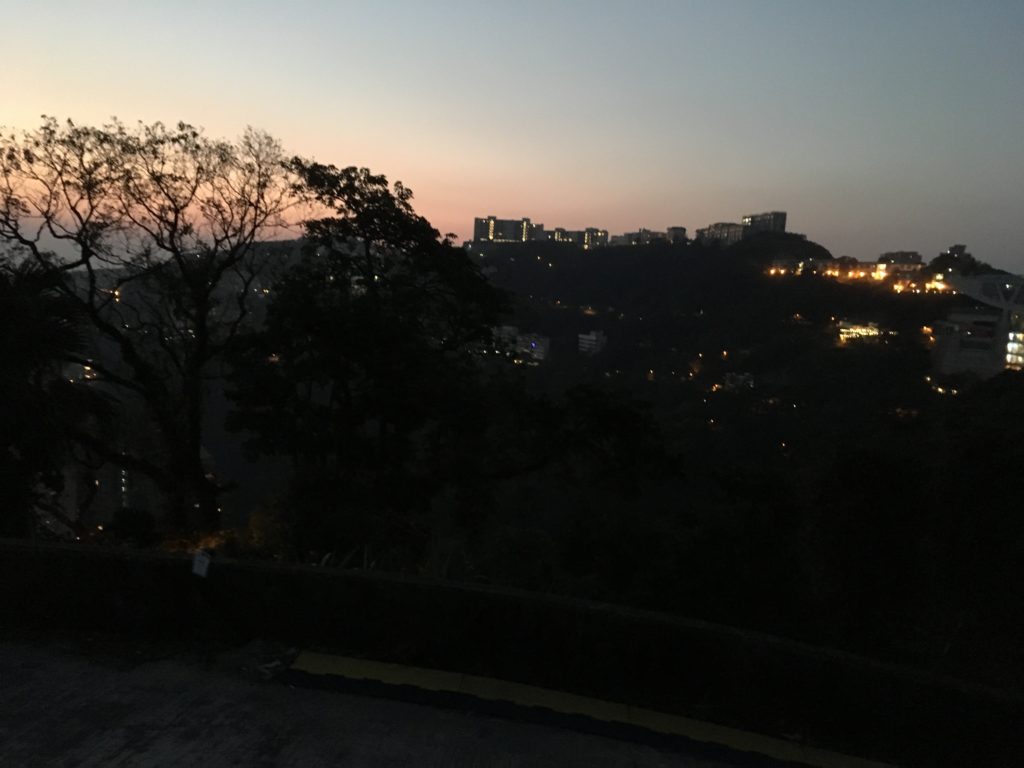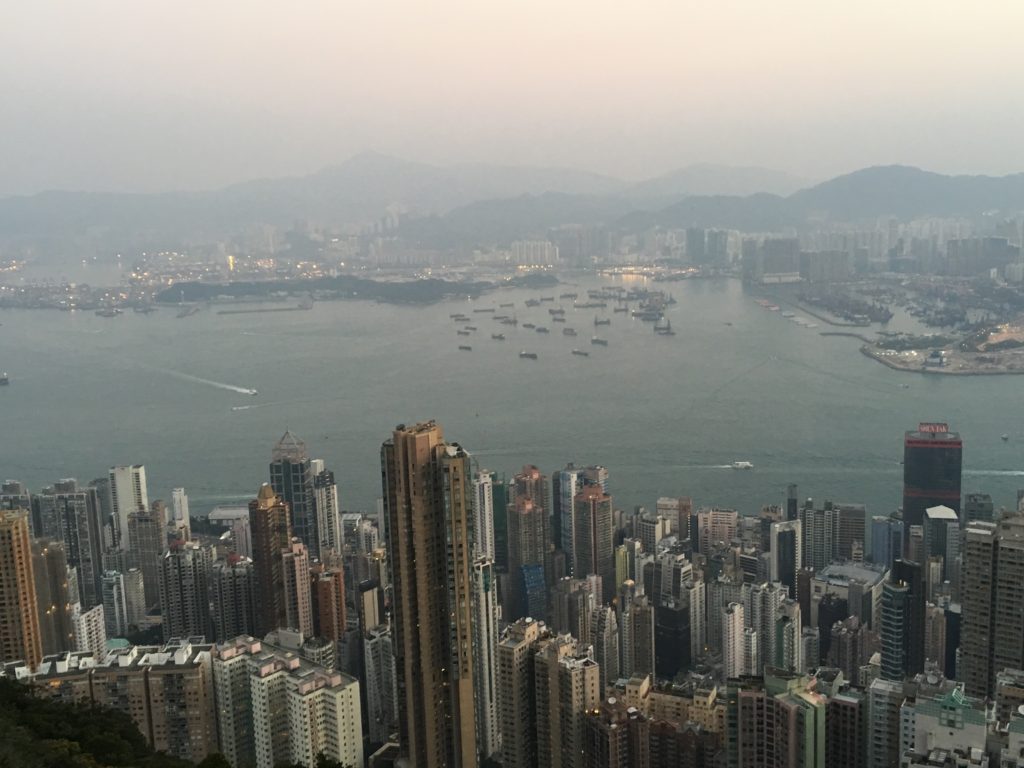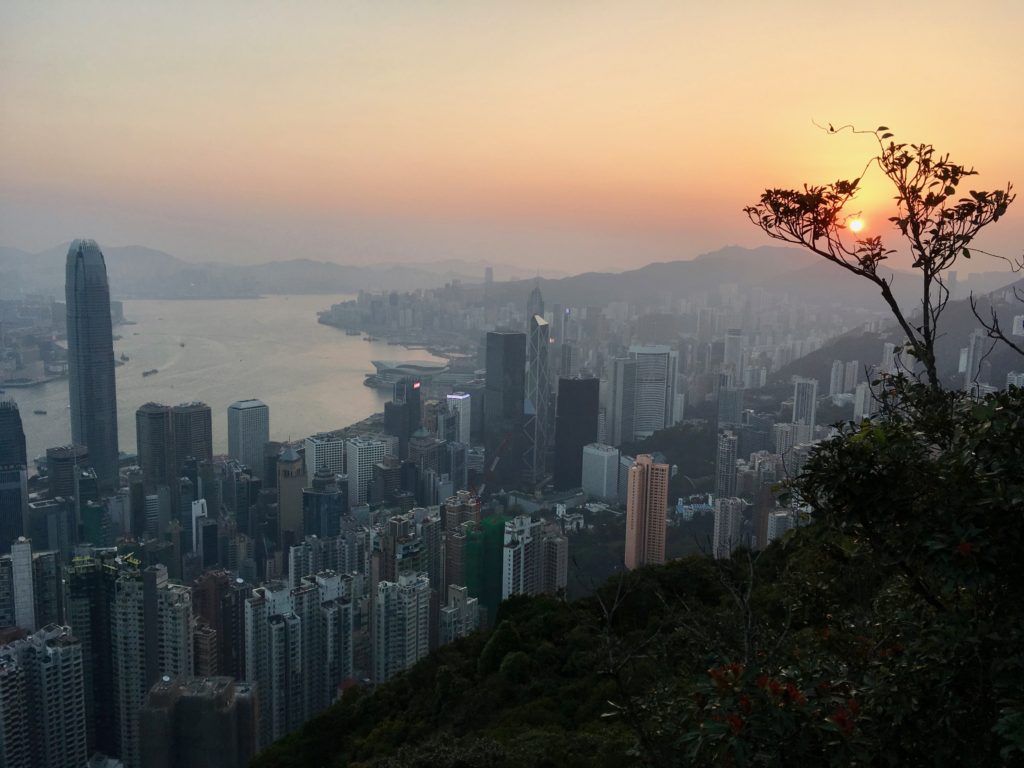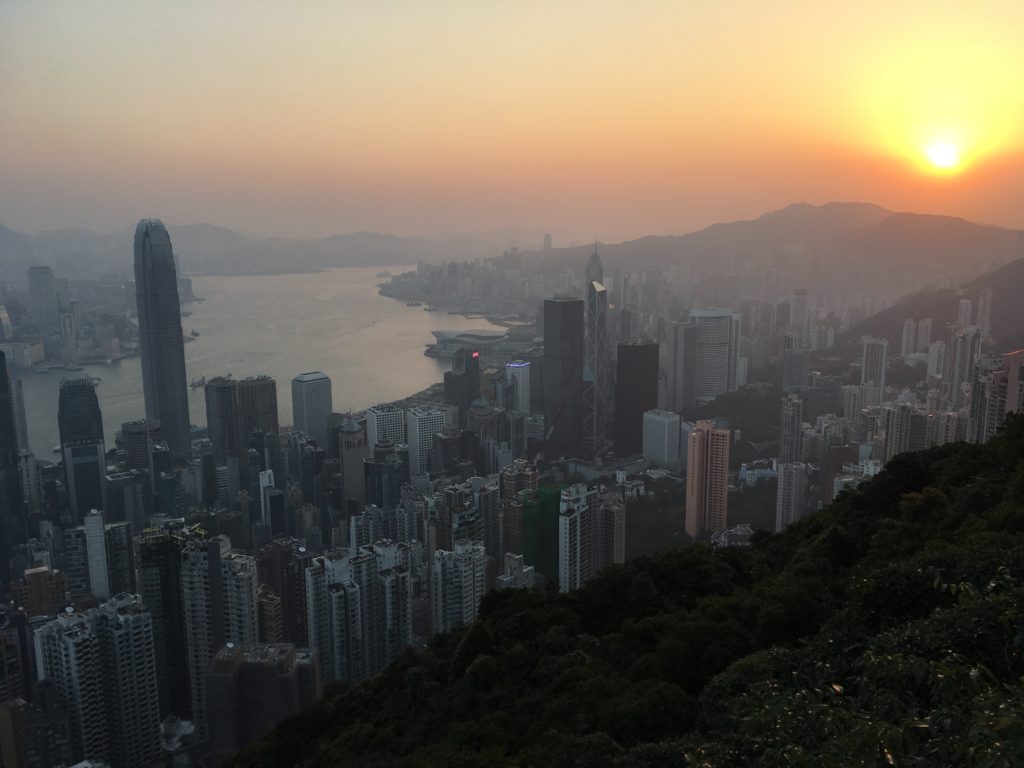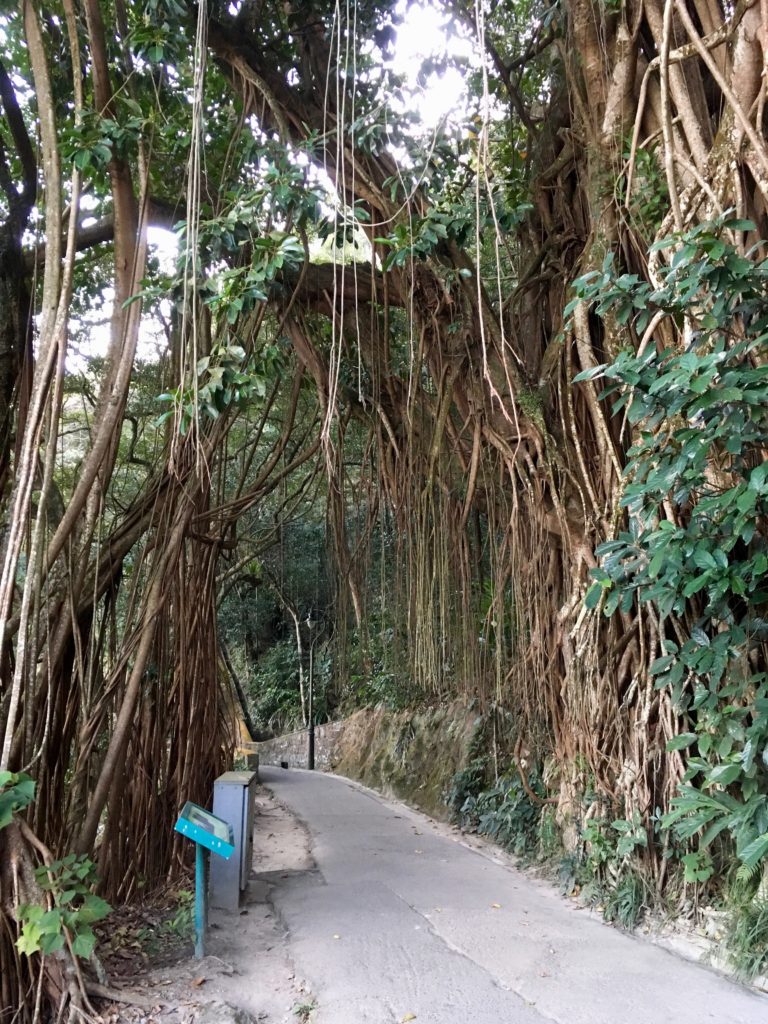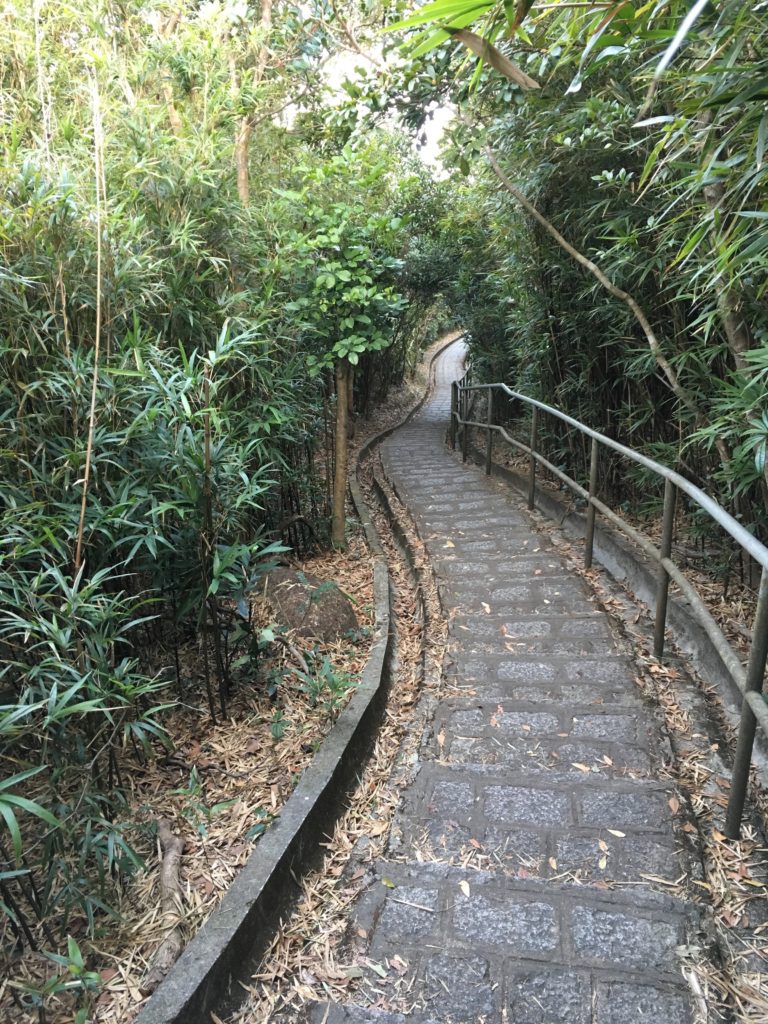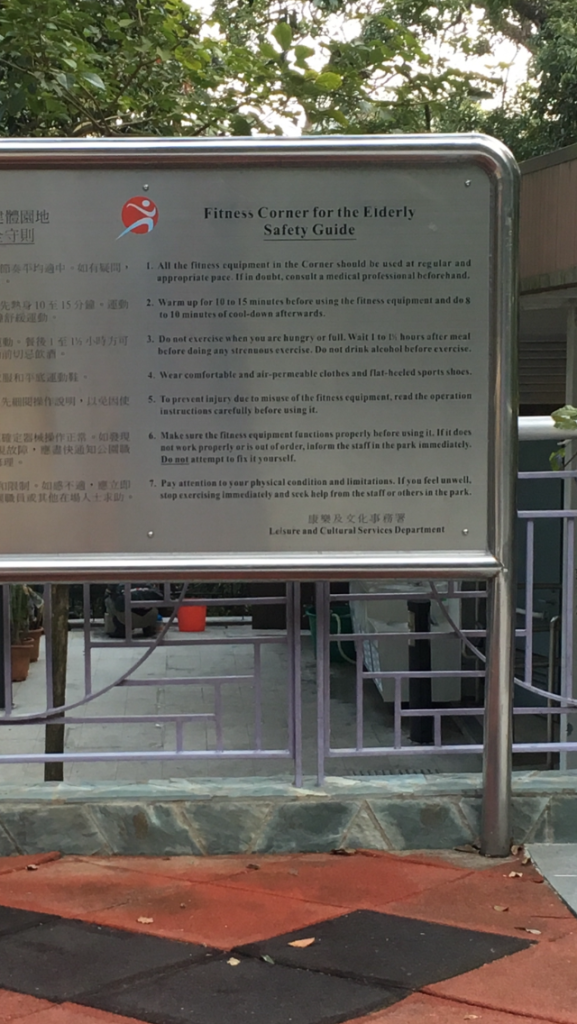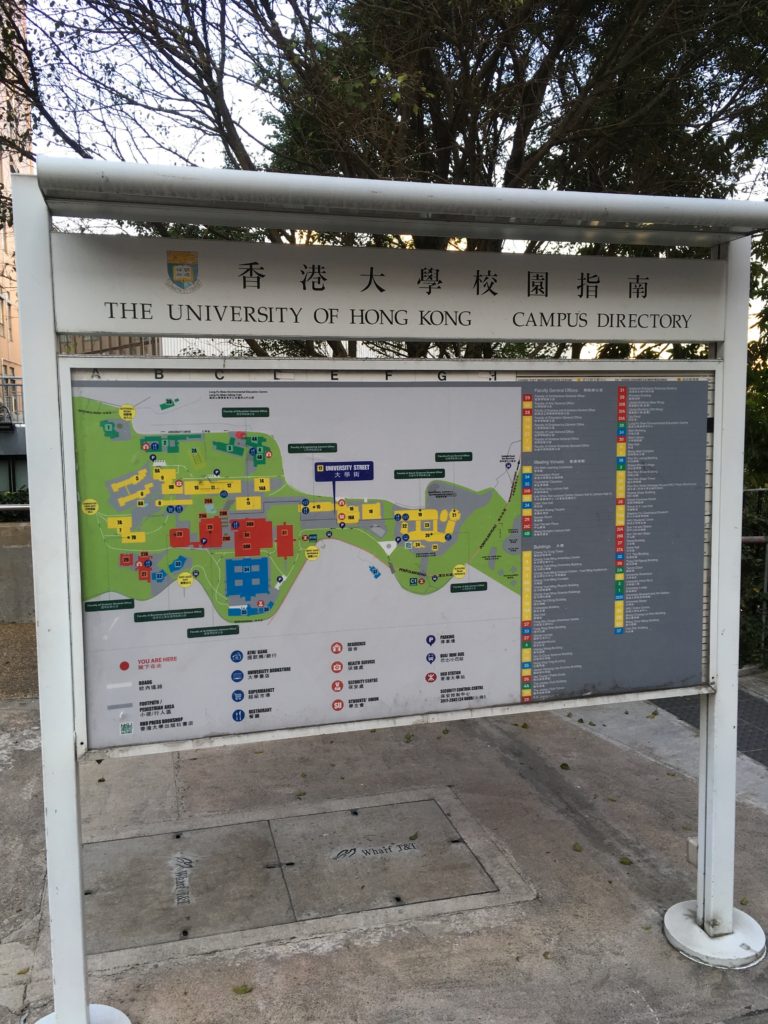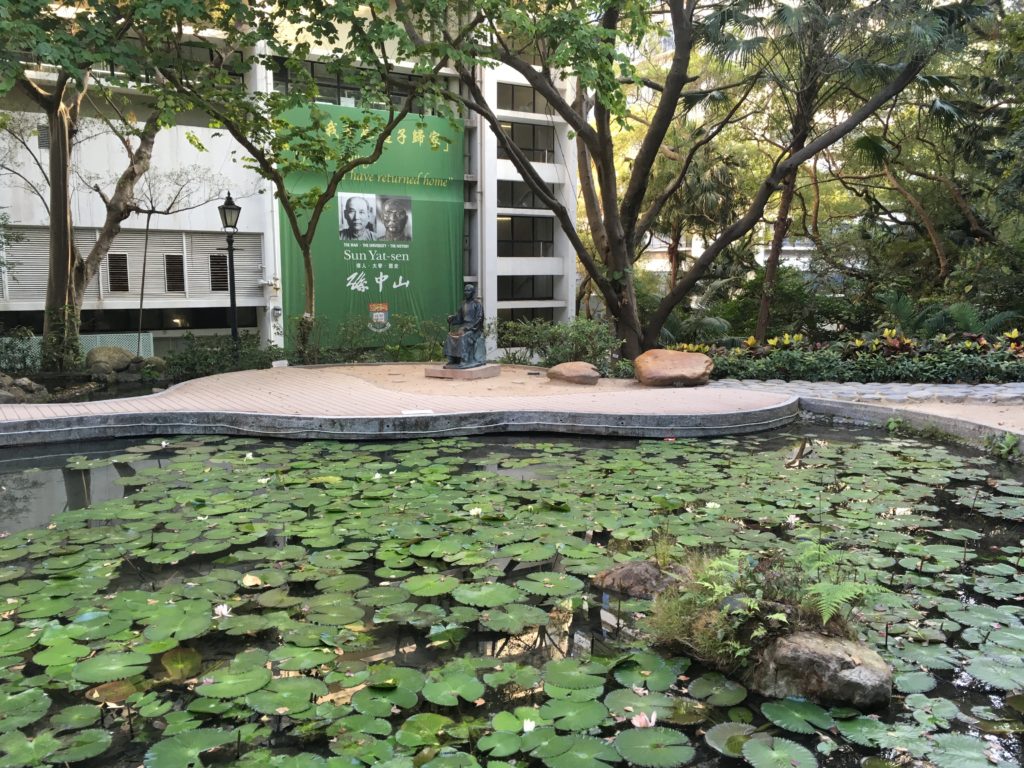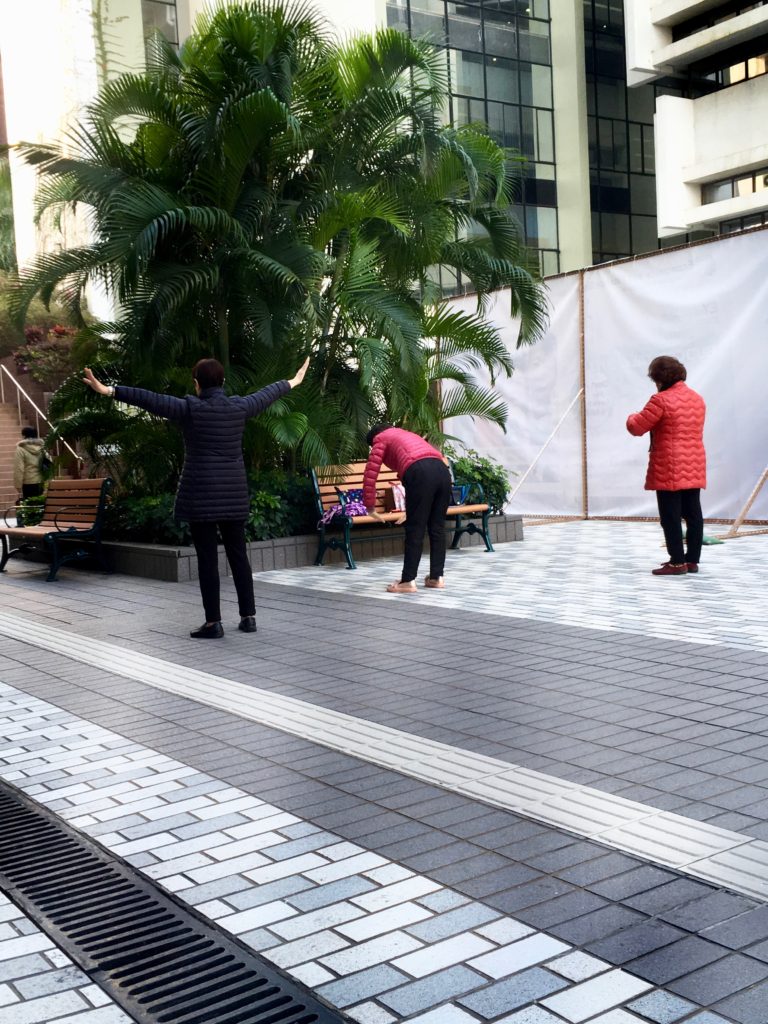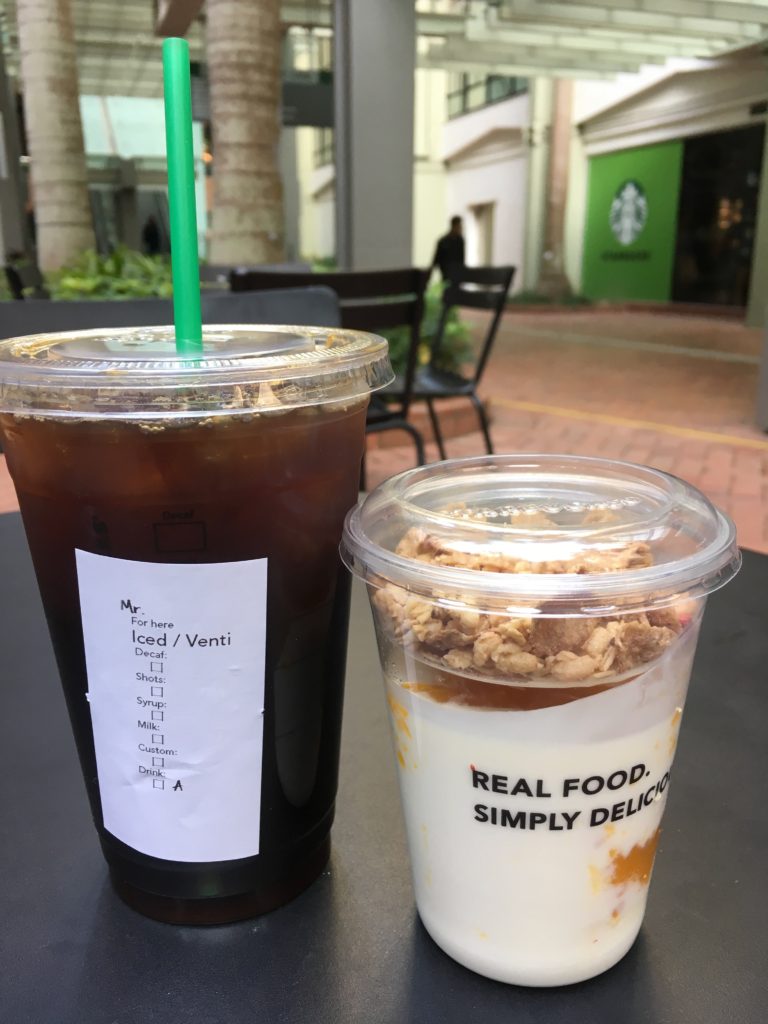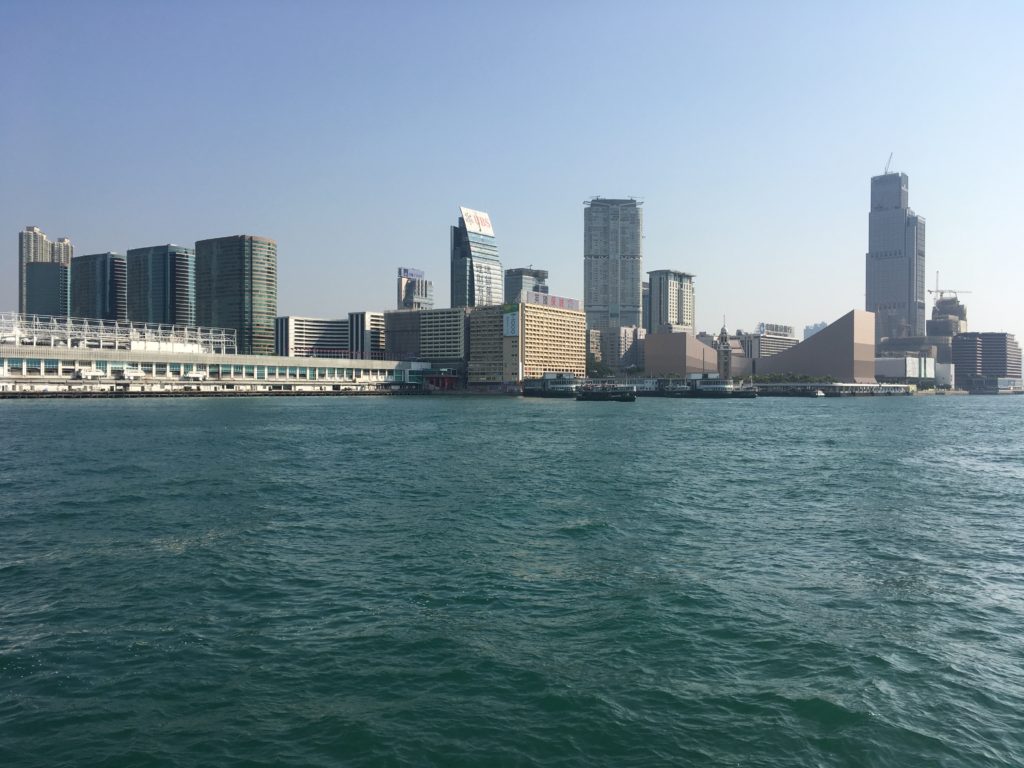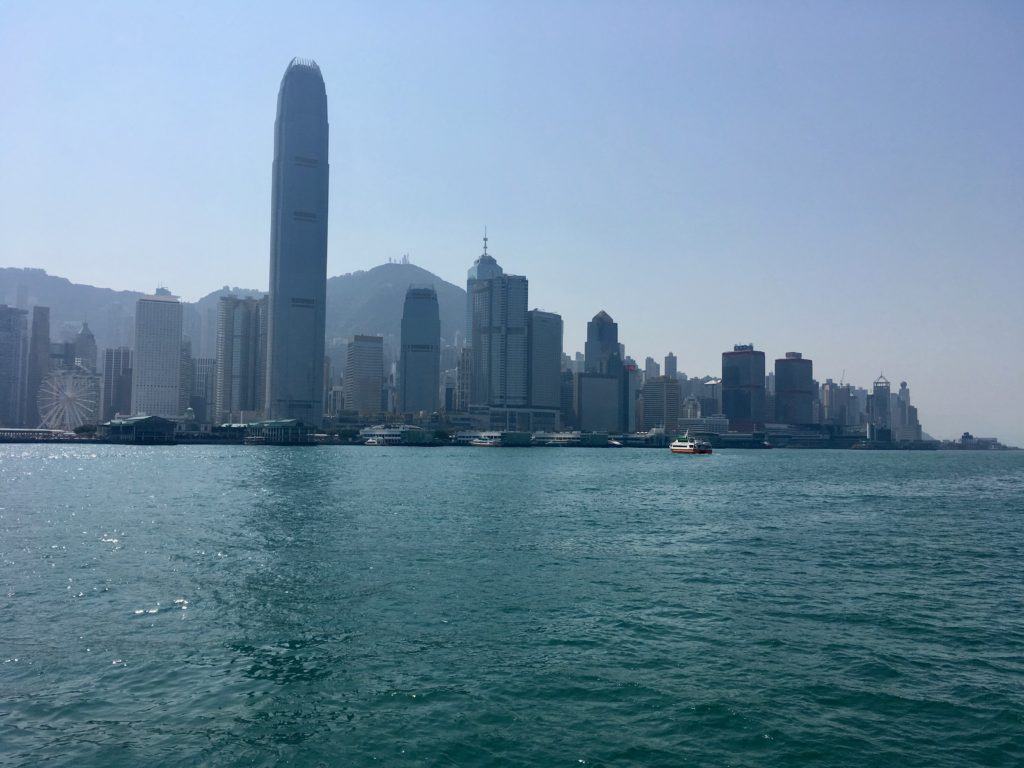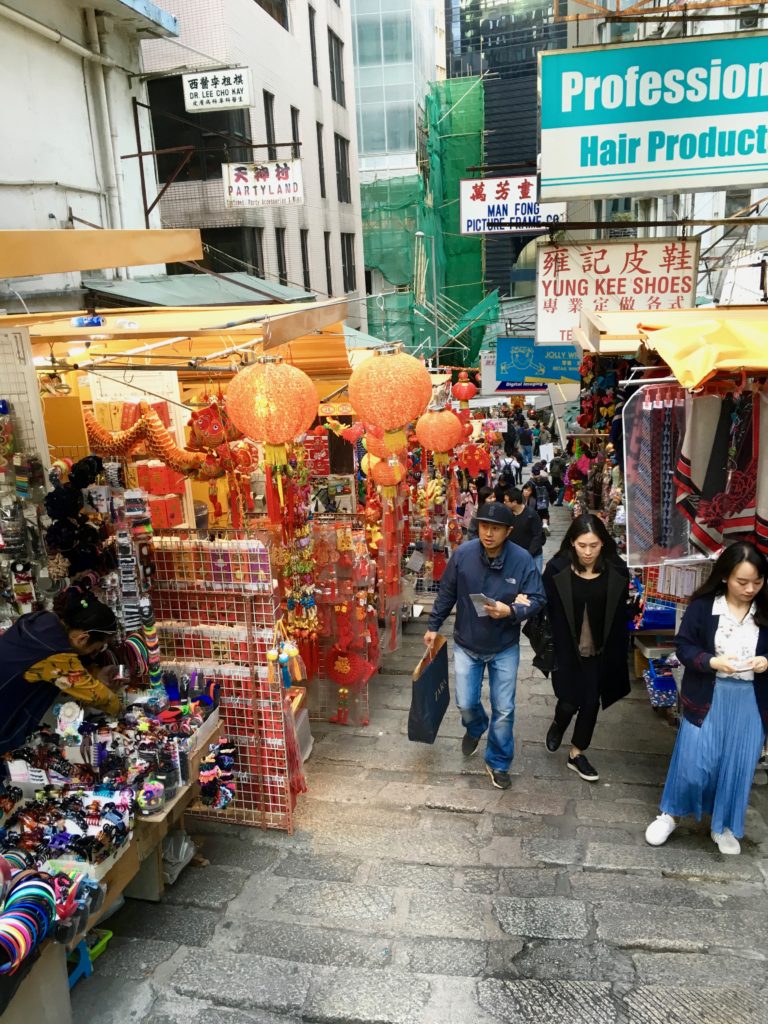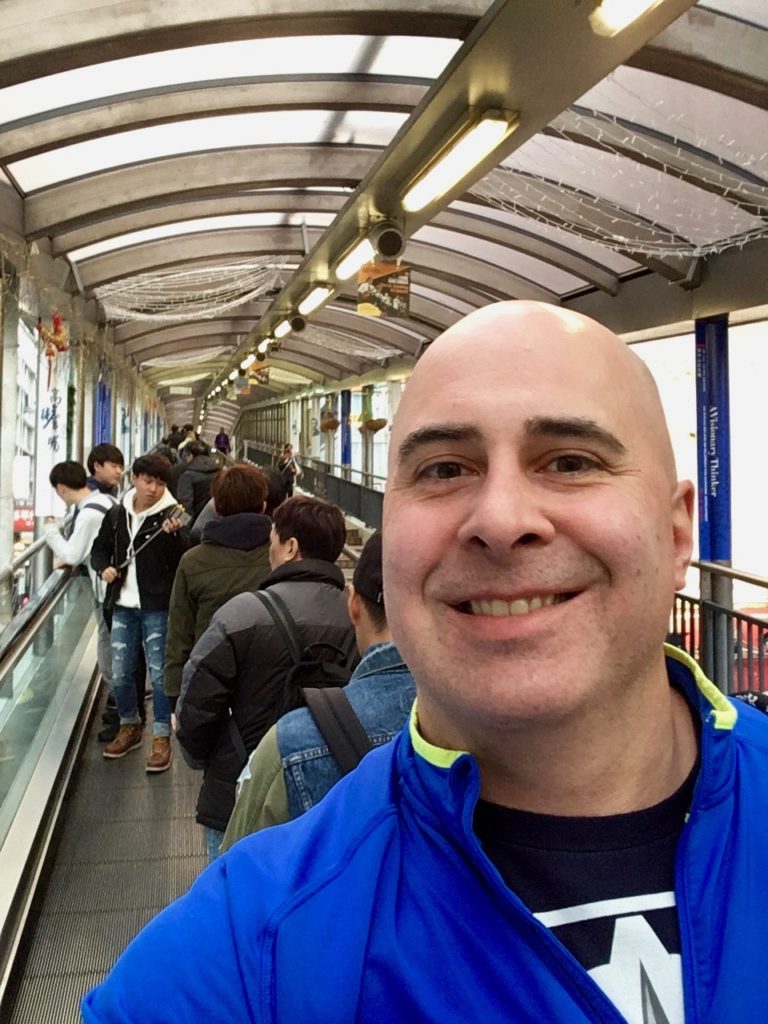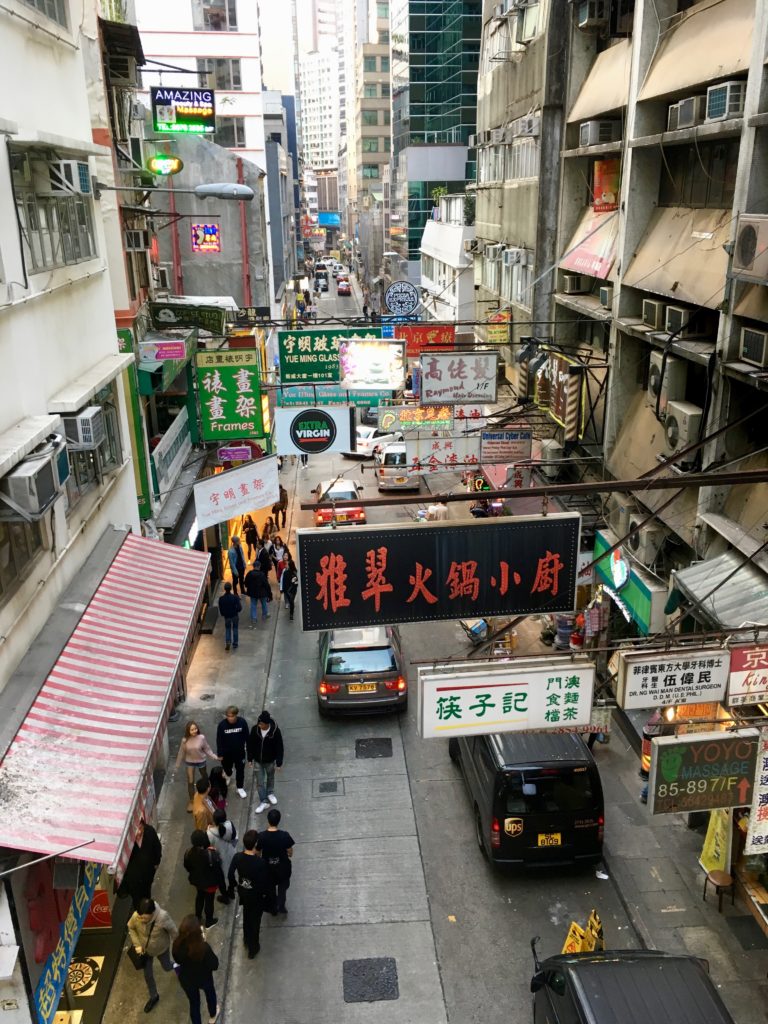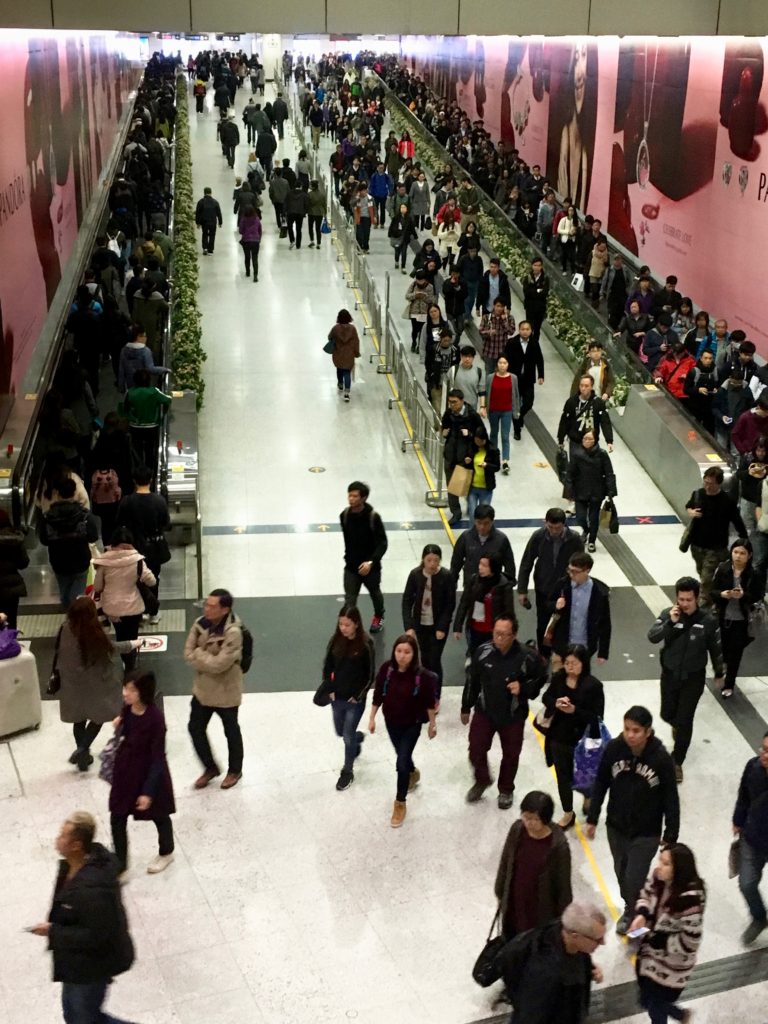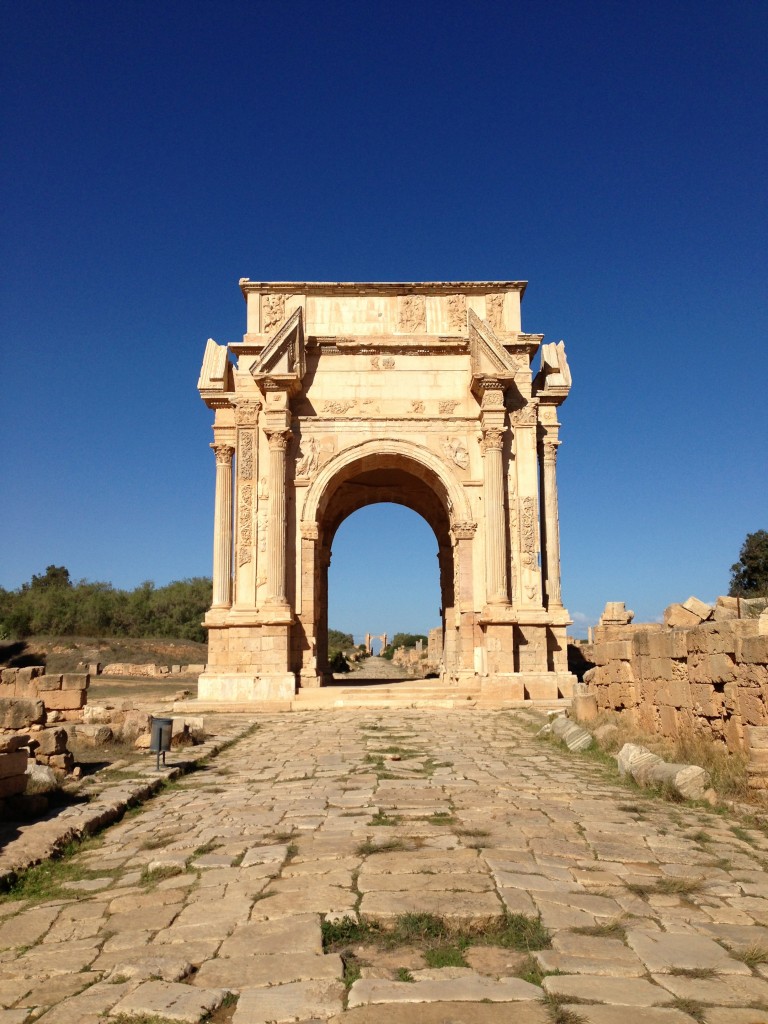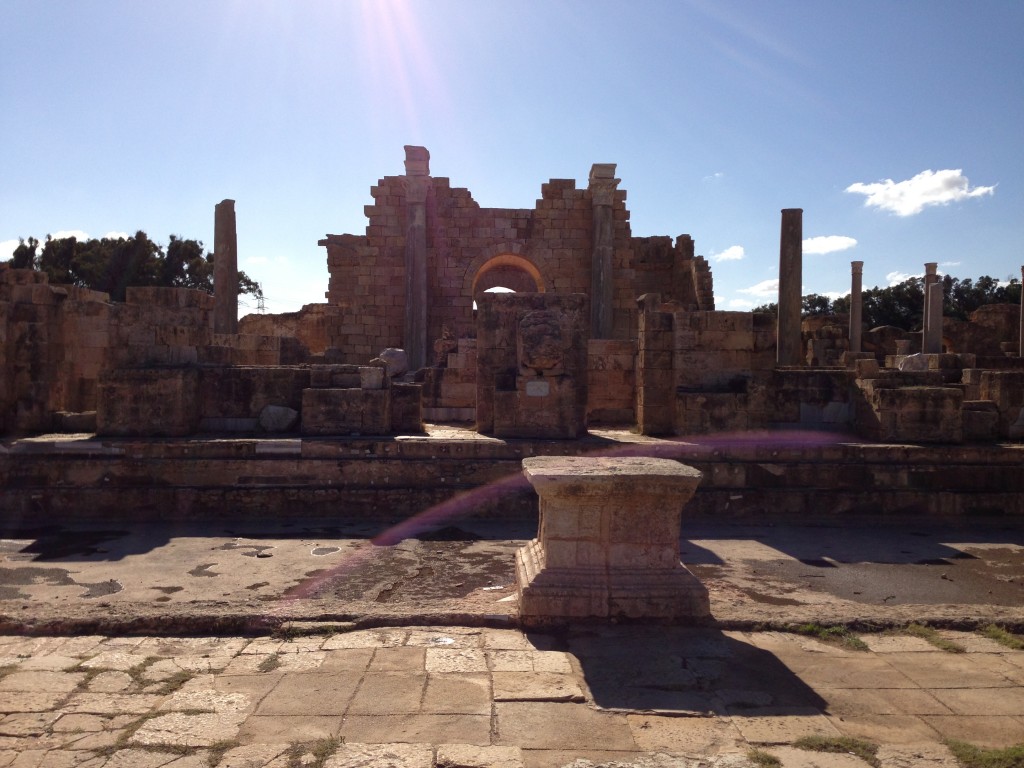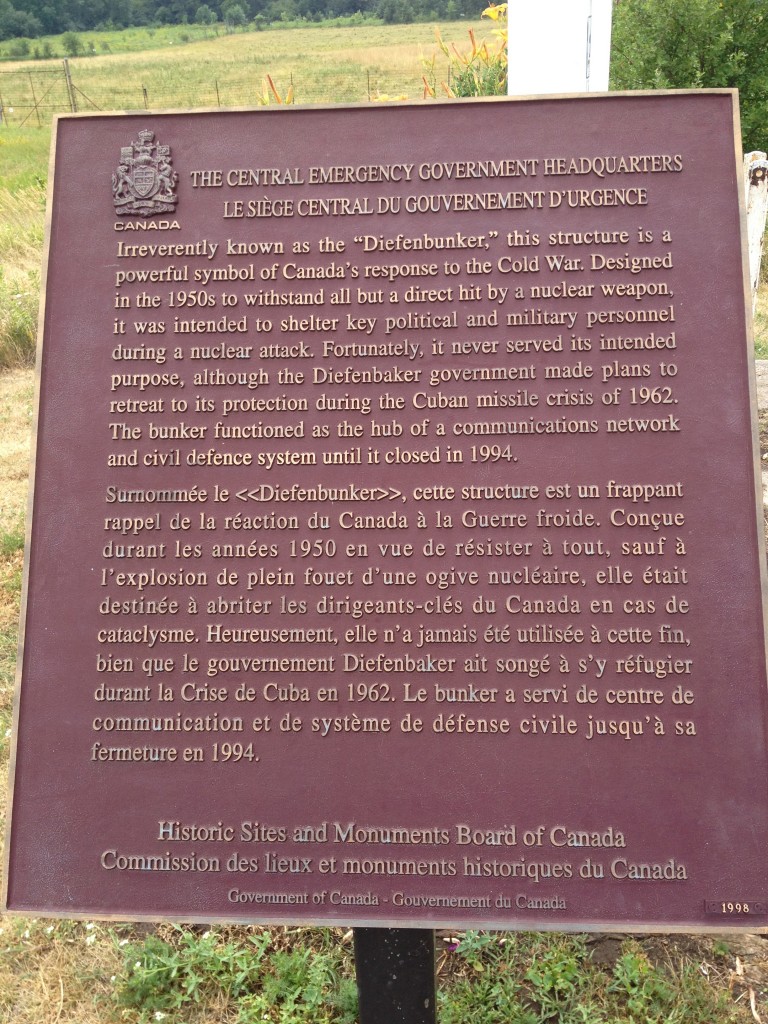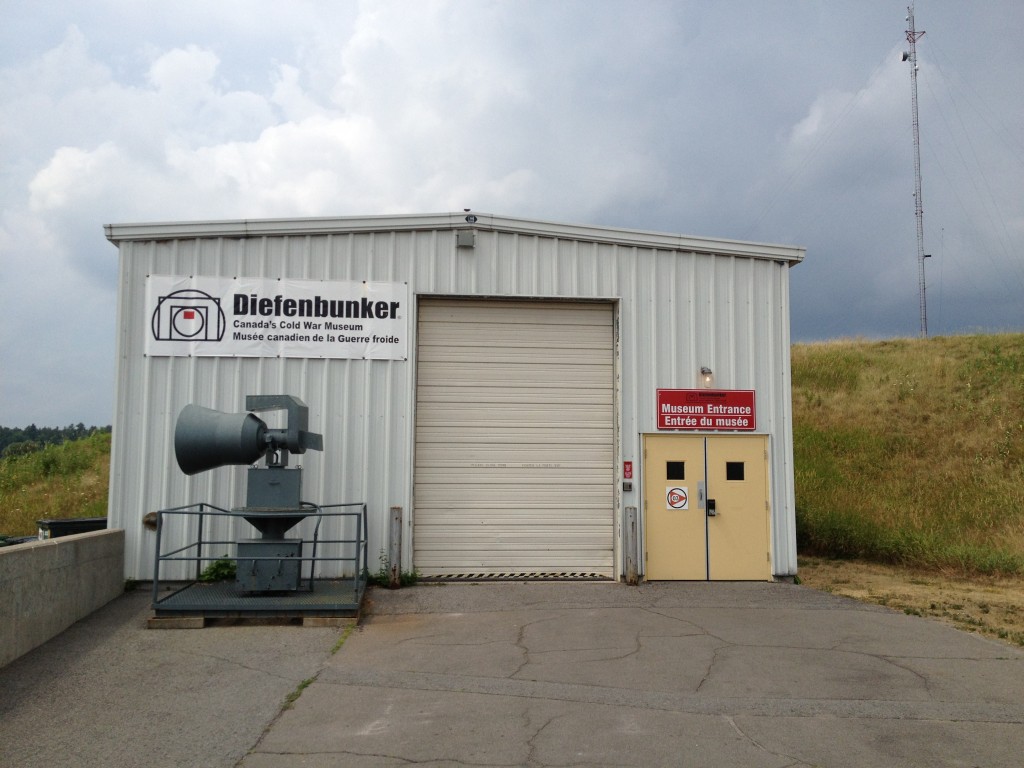After a great night’s sleep I finally felt a bit more adjusted to the time zone, and ready to have a full day. The weather was gorgeous, if not a little warm, so enjoyed a nice relaxing morning coffee and breakfast outside before heading to the Gautrain for the ride up to Pretoria to meet a friend for lunch. Delicious lunch of BBQ pulled pork over grilled halloumi cheese along with tomatoes and onions…and a couple of local beers as well of course. Was great to just sit out in the garden and enjoy the nice warm weather and catch up with friends.
After lunch, it was still pretty early afternoon, so I decided to go see one of the few sights in the Johannesburg/Pretoria region that I haven’t seen before – the Voortrekker Monument. Grabbed an Uber right from the restaurant, and about 20 minutes later was at the monument, which is situated on the southwest edge of Pretoria.
Completed in 1949, the Voortrekker Monument was built to commemorate the Voortrekkers who left the Cape Colony between 1835 and 1854 by covered wagon into the interior to live in areas that weren’t controlled by the British at the time.
Each of the four corners of the monument has a statue of an important Voortrekker leader, the one below is Piet Retief (who the town of Pietermaritzburg is named for), one of the governors during the Great Trek…who also wasn’t beyond some seriously controversial moments when he came into contact with people already living in the area.
Artsy shot from another corner:
Great view from the top out over Pretoria:
Cascading archways around the top of the monument:
The inside of the main hall of the monument. The monument is 40 meters high, 40 meters wide, and 40 meters long. You can see the opening in the middle through which you can look down into the “crypt” below, which has an interesting museum on the history of the Voortrekkers.
There’s an opening in the dome that you can see below, and at noon on December 16 every year the sunlight comes directly through and lights up the cenotaph below, highlighting the phrase “Ons vir Jou, Suid Afrika” (Afrikaans for “we’re for you, South Africa”) on top of the cenotaph. The date is significant because December 16, 1838 was the date of the Battle of Blood River when 470 Voortrekkers led by Andries Pretorius fought somewhere between 10 and 15,000 Zulus
After lunch and the visit to the memorial, I caught an Uber back to the train station, and took the train back to Johannesburg. Ads inside the train station showed the US doesn’t have a monopoly on cheesy reality tv. An ad for a show called “Boer Soek ‘n Vrou” or “Farmer Seeks a Wife.”
Stopped at the store to pick up a Diet Coke. I’ve always been amused by the “Share a Coke with…” campaign, and the names on display let you know you’re definitely not in Kansas anymore!
Dinner with a couple more friends, but no more pictures. I had actually expected this to be a much longer entry, but it says something about the quality of the time you had that you were too busy enjoying and catching up than taking pictures. It was a relatively short period of time in South Africa, but had been a wonderful way to spend the time between Cairo flights, and I was looking forward to some of the stops on the way back home as well.
Next up, headed back to Cairo, the very long way…
